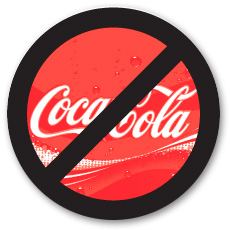 Two years ago, who would have thought Coke and Energizer could ever be cast aside by retailers?
Two years ago, who would have thought Coke and Energizer could ever be cast aside by retailers?
Well – it’s happening.
Costco recently announced it was no longer selling Coca-Cola products as a result of a price battle. CVS is dropping most Energizer products and will only carry Duracell and its private label. Following this trend, Wal-Mart continues to move towards its product mix goal of one top brand, one value brand and its private label.
Costco is betting people will continue to come to Costco and buy alternatives to Coke. CVS has used its customer shopping data to predict a minimal sales drop if they no longer sell Energizer.
What should all businesses take away from this?
Few brands are indispensable to the customer. In fact, you know your customers could find a pretty good alternative if you were no longer in business.
So what can you do to become as close to indispensable as possible?
Know your customers
- Why do they choose to buy your product/service?
- What do you offer them that they can’t get anywhere else?
- Why do they buy from your competitors if you aren’t available?
- What do your competitors offer that you don’t?
- How are they using your product or service?
- How do they use your competitor’s product or service?
(These questions can be easily answered through one-on-one interviews and quantified through online research.)
Know your competition
- What are they offering that you don’t?
- What makes them unique in the market?
- Do they partner with other companies?
Upon learning about your customers, develop service offerings that they can only get from your company. Some ideas could be:
- Guarantees
- Special hours
- Rewards programs
- Loyal customer specials
- Packaged service offering
- Something extra every time they do business with you (for example, a local Chinese restaurant gives you an extra appetizer as their way of saying thank you)
Why no mention of lowering prices on these lists? Making your brand indispensable is not about price; it is about creating value that your audience can not receive anywhere else.
How are you creating value to make your brand indispensable?
Post your comments so others can learn from what you are doing.




